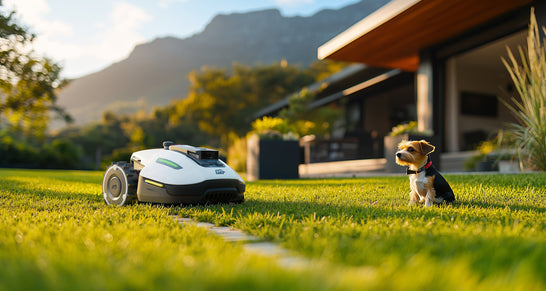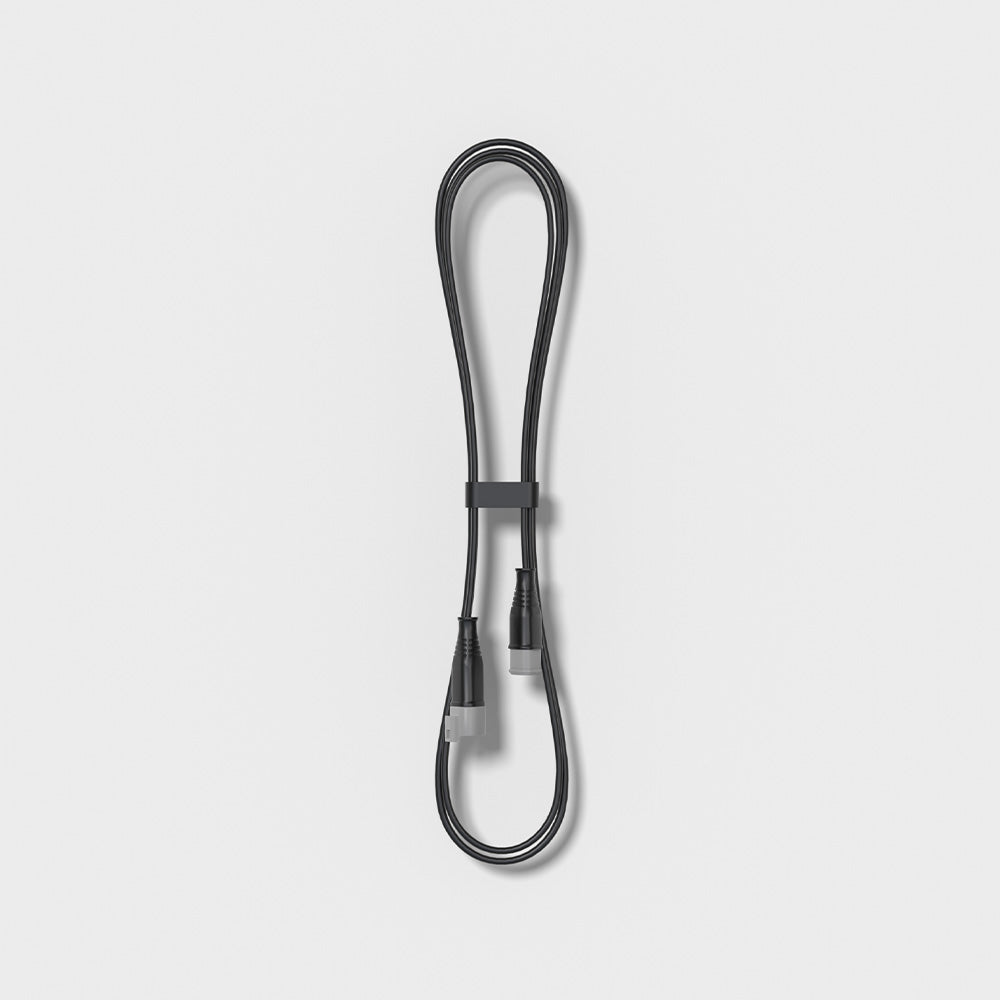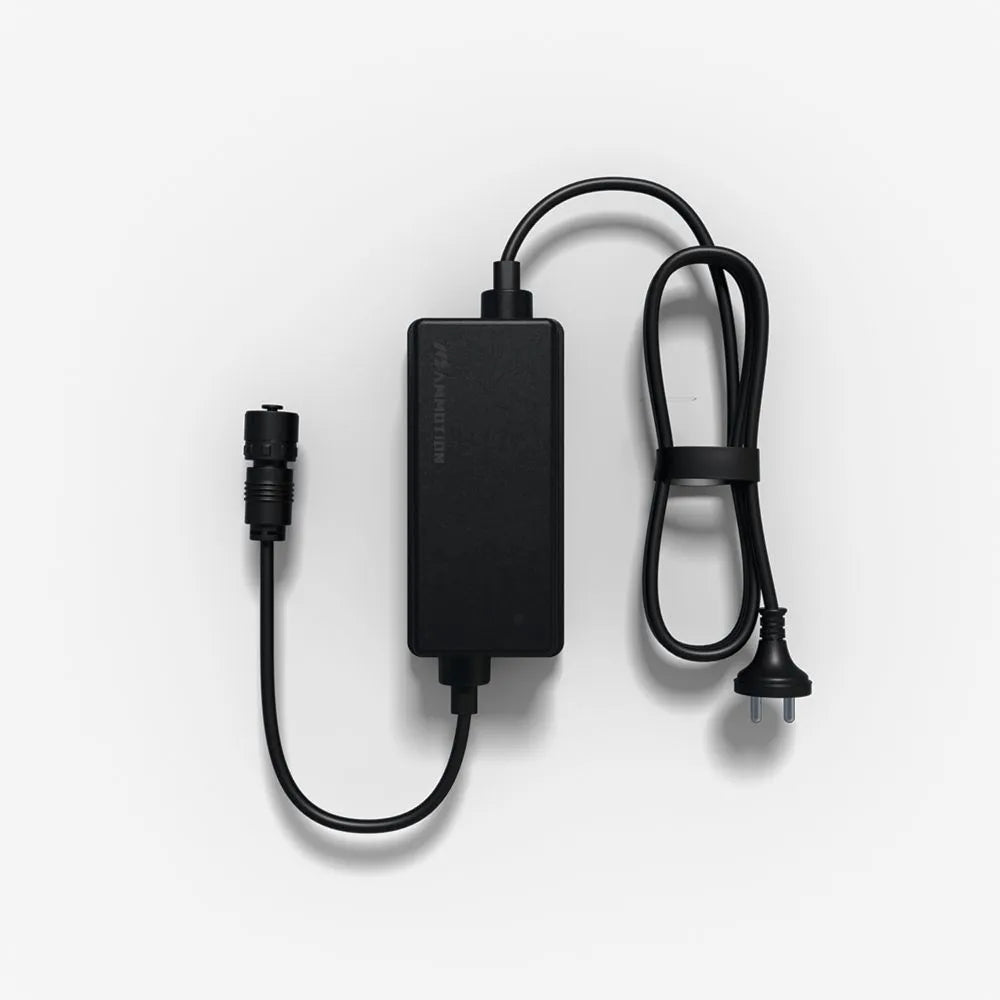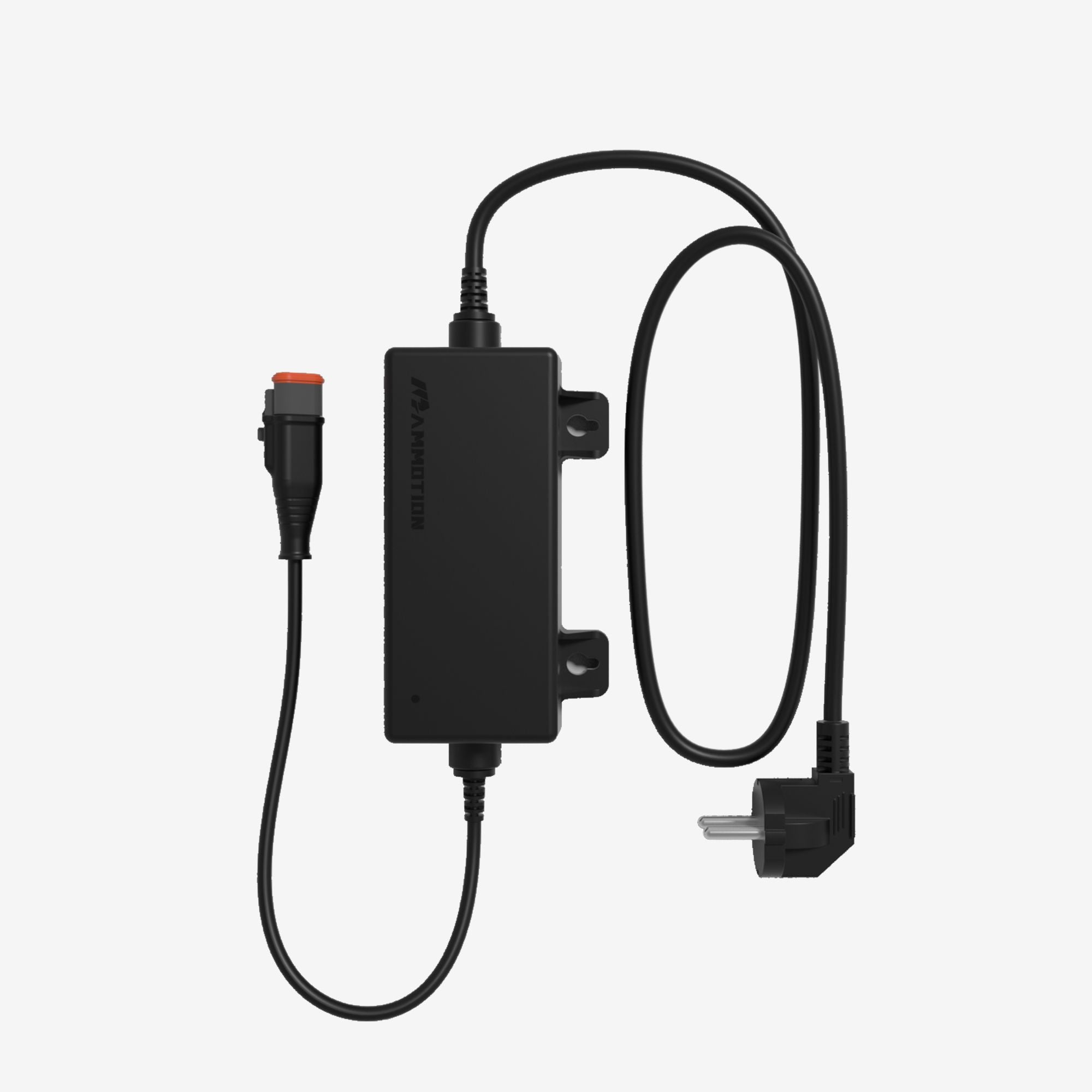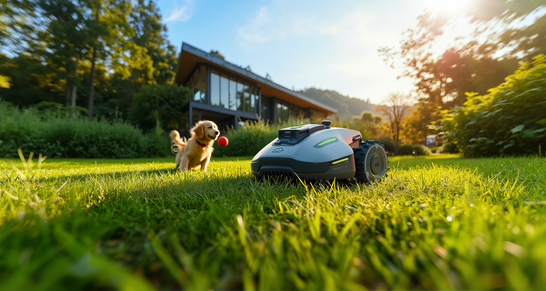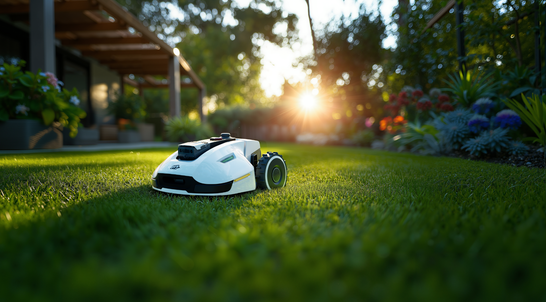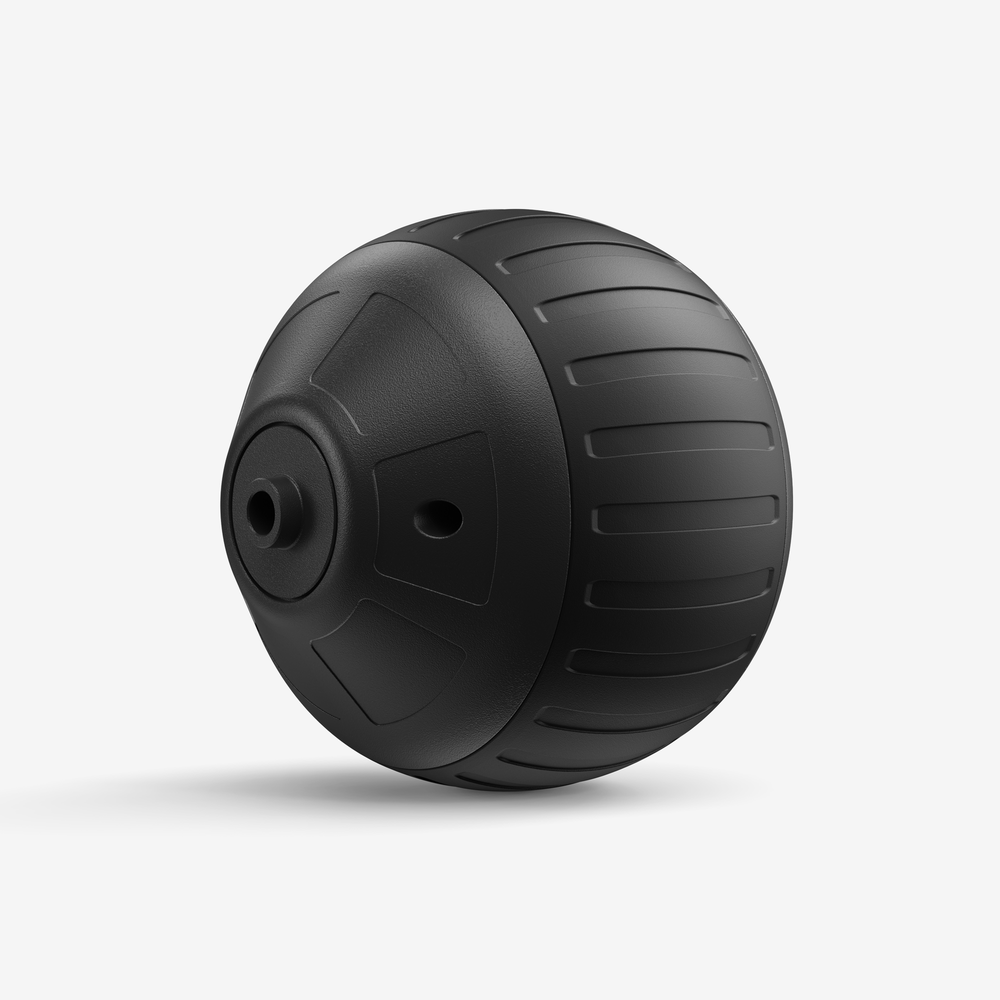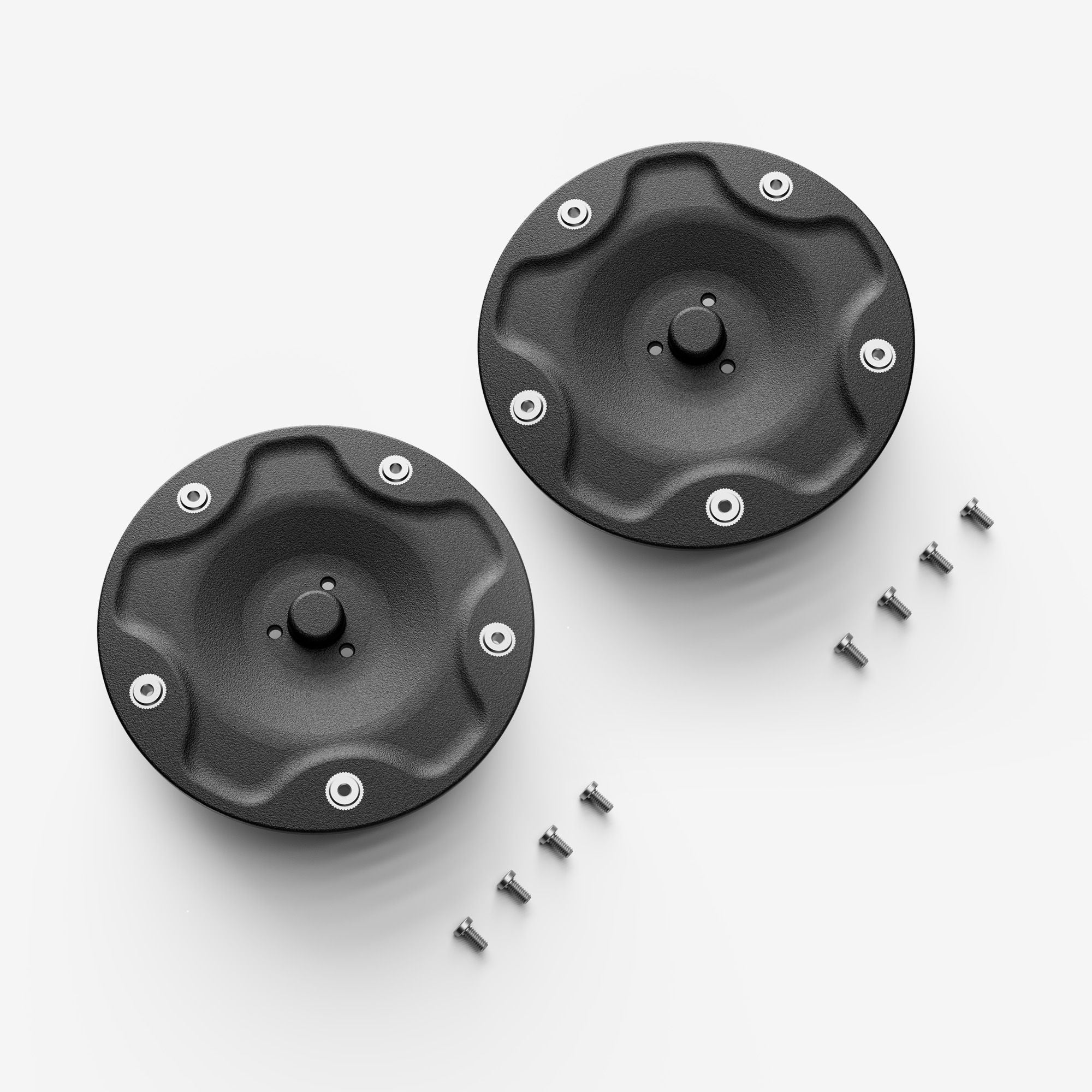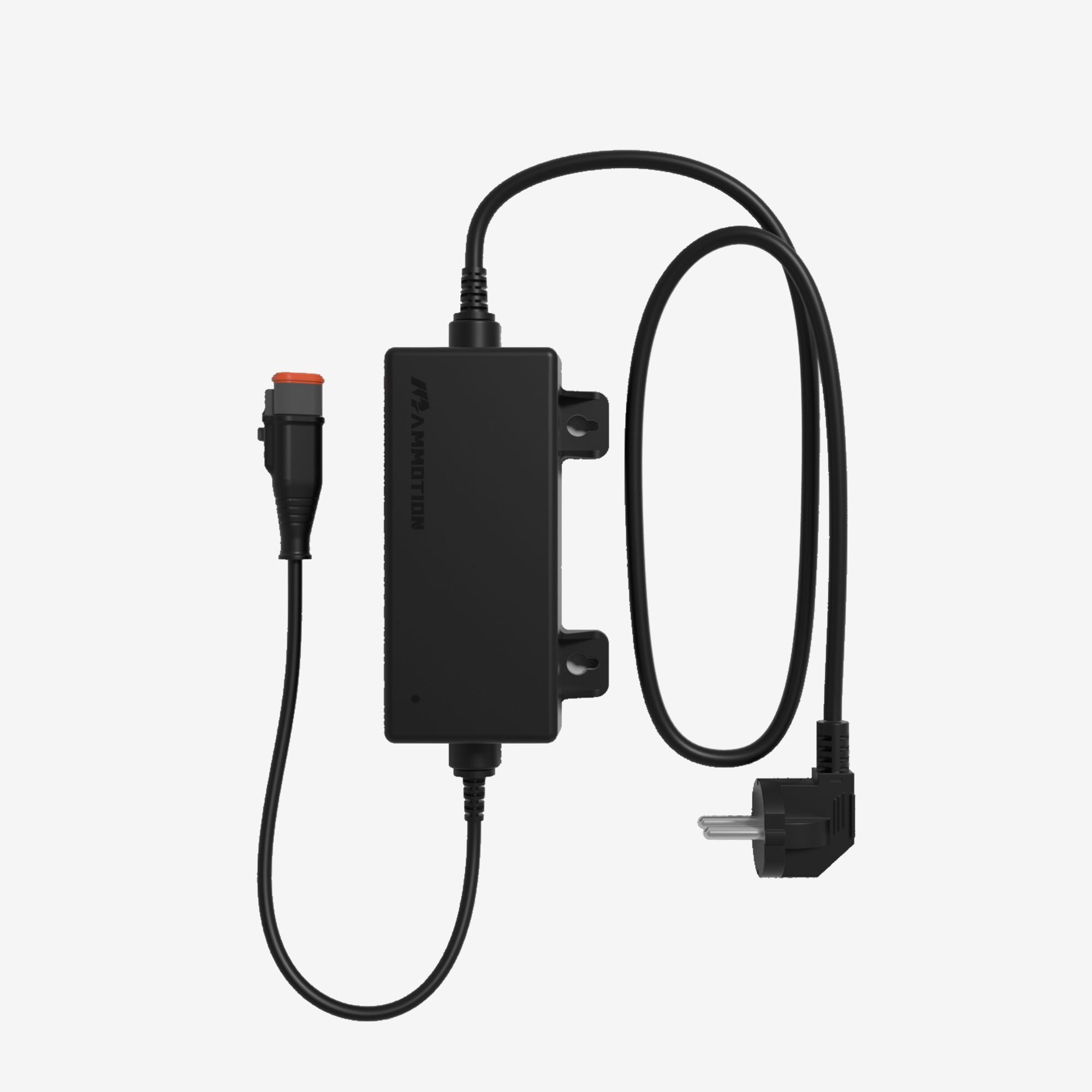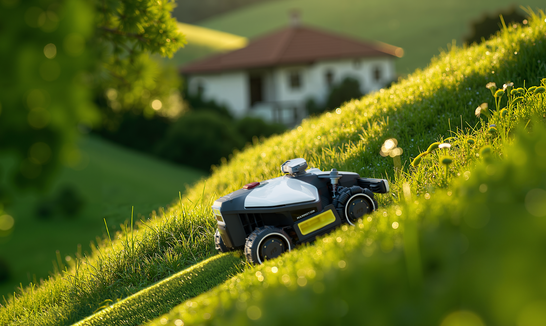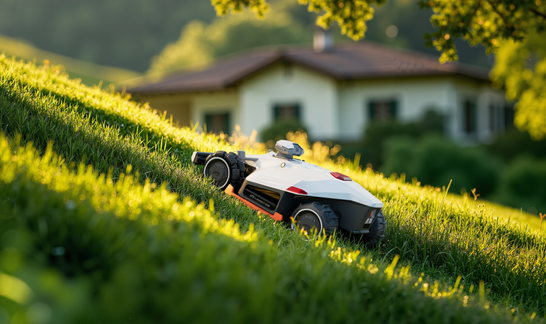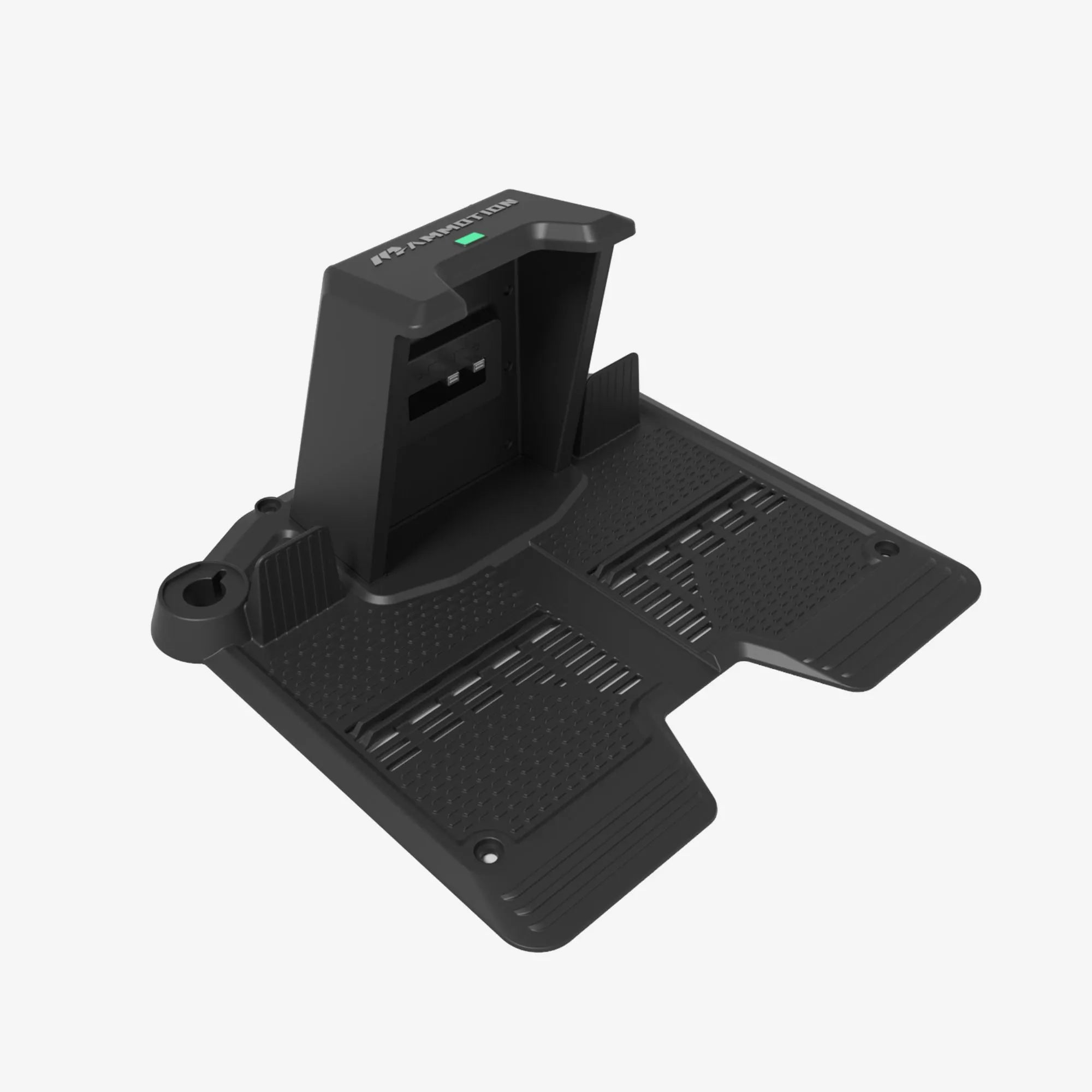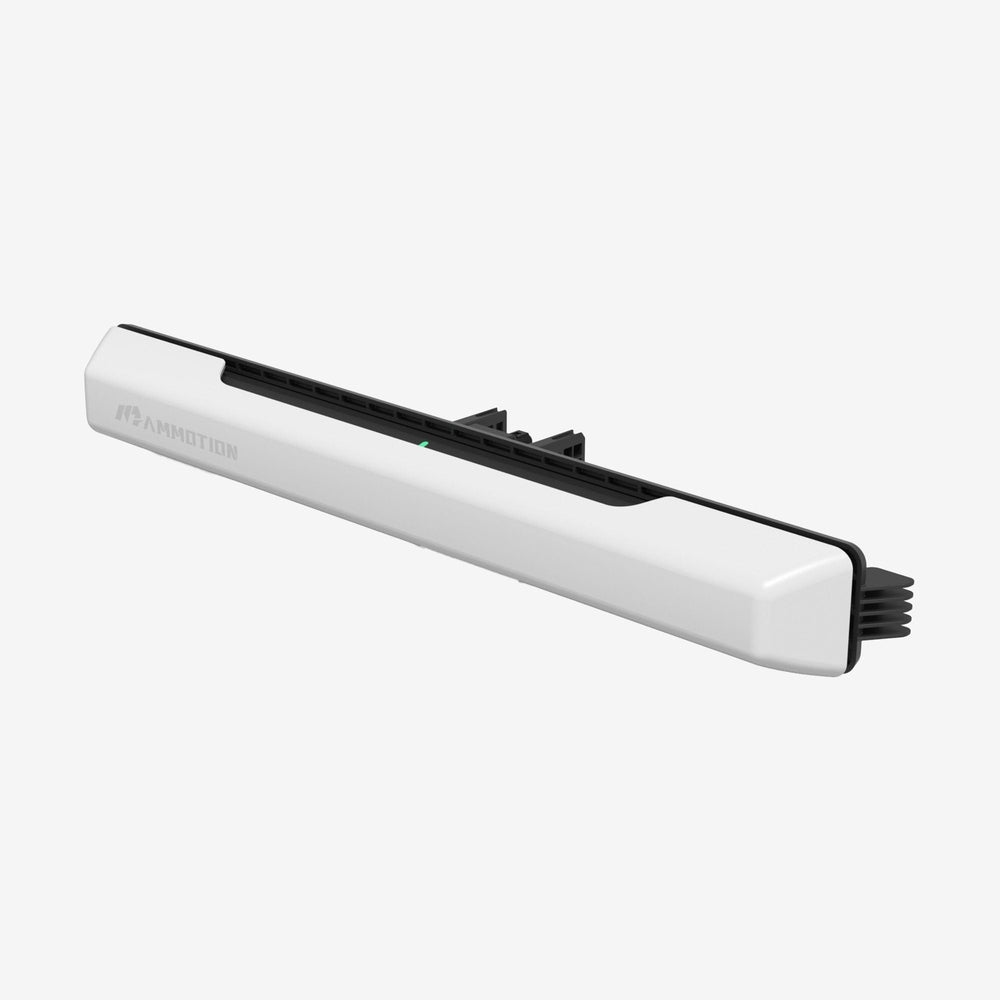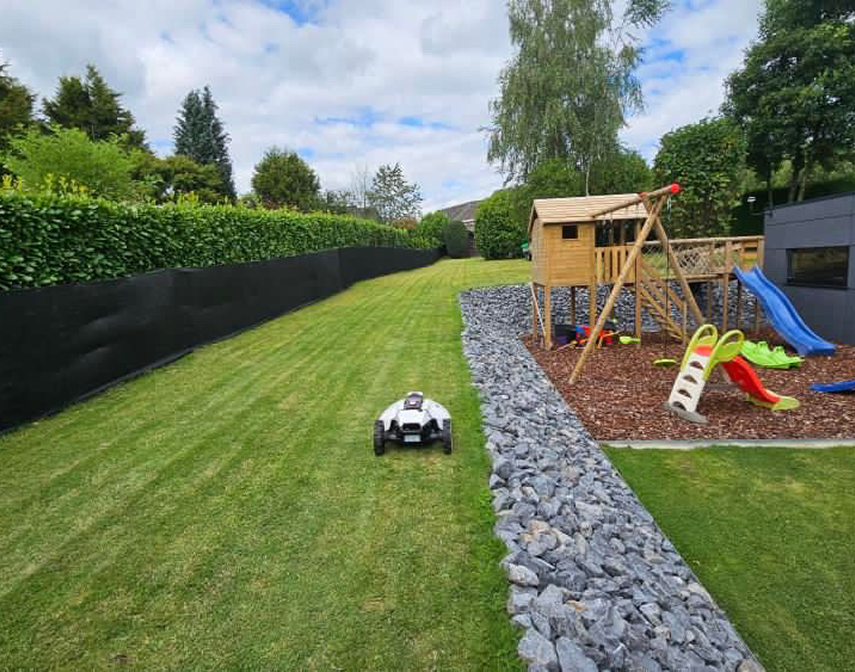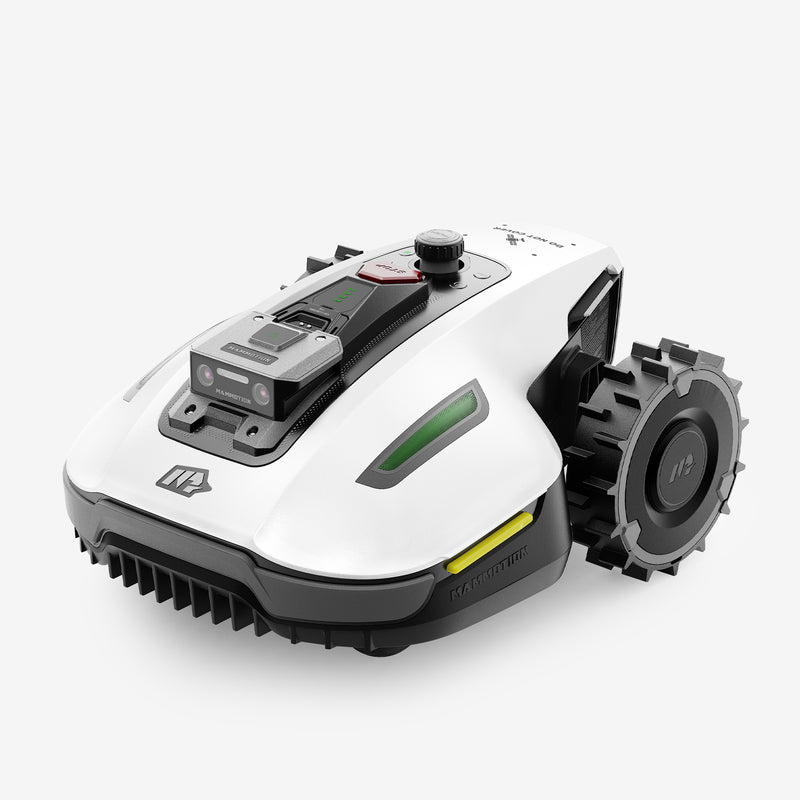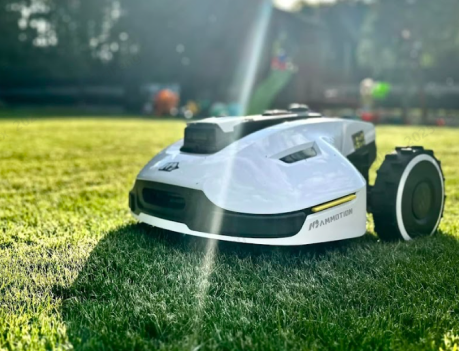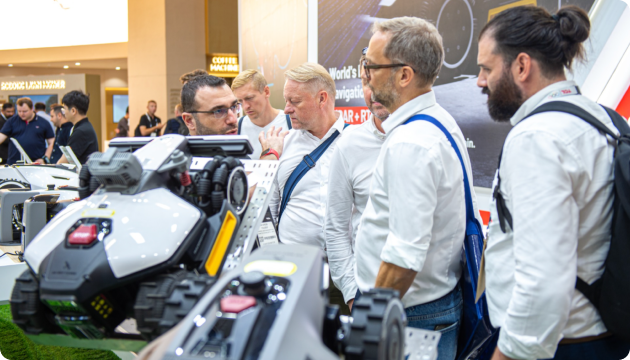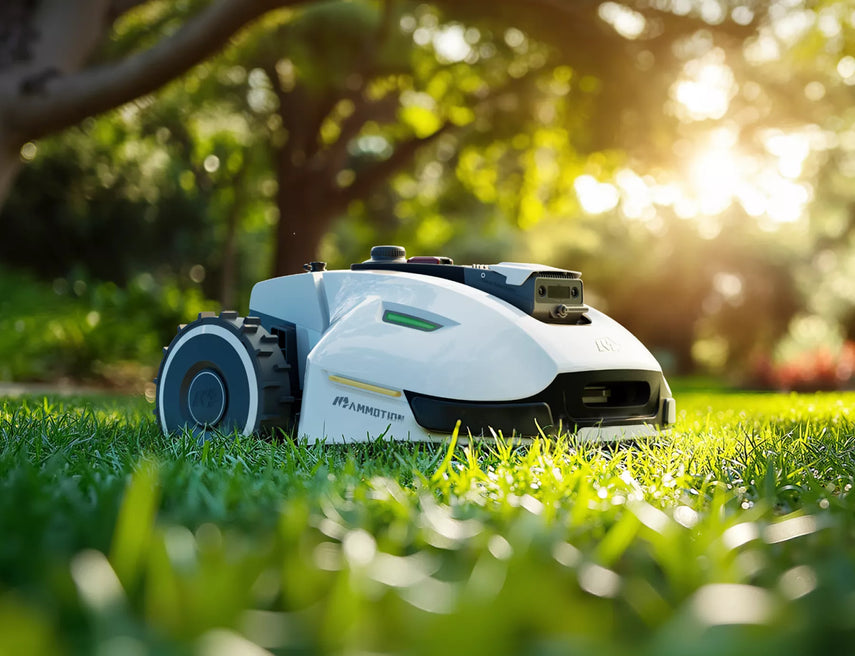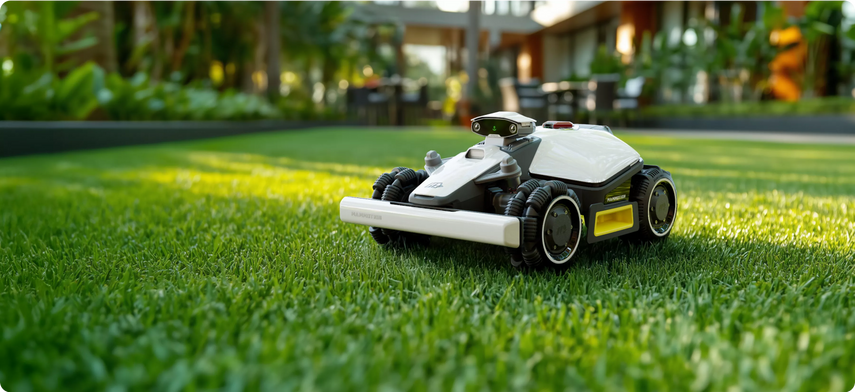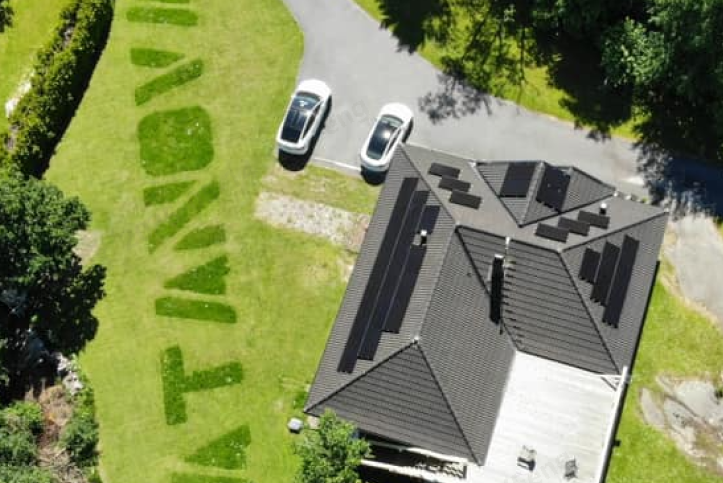Robotic lawn mowers have quickly become a staple in UK gardens, offering hands-free maintenance and more consistent cutting results than traditional mowers. But as more homeowners consider going robotic, one key question keeps popping up: should you go for a GPS-powered mower or stick with the classic boundary wire system?
Each system offers its own approach to navigation. While boundary wire models have been the industry standard for years, GPS-based systems, especially those using RTK (Real-Time Kinematic) technology, are rapidly gaining attention for their ease of use and wire-free setup.
In this article, we'll break down how each system works, compare their strengths and weaknesses, and help you determine which is better suited for your garden—whether it’s a neat suburban patch or a more complex, sloped layout. Let’s settle the GPS vs boundary wire debate once and for all.
How Robot Lawn Mowers Navigate: GPS vs Wire Explained
To understand which robotic lawn mower is better for your garden, it's important to first understand how they actually find their way around.
Robotic mowers navigate using either a boundary wire system—installed physically around the lawn—or GPS-based systems, often using RTK (Real-Time Kinematic) precision. Both methods aim to ensure the mower stays within the designated area and cuts efficiently, but they differ significantly in setup, accuracy, and flexibility.
Let’s look at how each works.
What is a Boundary Wire Robot Mower?
Boundary wire mowers rely on a physical wire installed around the perimeter of your lawn, often pegged into the grass or buried just below the surface. This wire emits a low-voltage signal that the mower detects, telling it where the garden ends.
This system is tried-and-tested and still used in many models, from Flymo EasiLife to Husqvarna Automower. However, installation can be time-consuming, and changing your garden layout later means repositioning the wire.
These mowers tend to be more affordable up front, but their reliance on a fixed border makes them less flexible than newer alternatives.
What is a GPS Robot Mower?
GPS robot mowers—especially those using RTK technology—don’t need boundary wires at all. Instead, they rely on satellites and a fixed base station to achieve centimetre-level accuracy in mapping and mowing your garden.
Models like the Mammotion YUKA Mini are equipped with smart mapping features, allowing you to draw digital boundaries via app and customise mowing zones. No digging. No cabling.
They’re especially useful for larger, complex, or frequently changing gardens. The main trade-off? GPS mowers tend to be pricier, and consistent satellite access is required for peak performance—but Mammotion developed the world's first NetRTK+Vision system, which significantly improves the navigation accuracy of the Mammotion robot lawn mower.
Pros and Cons: GPS vs Wire Robot Mowers
When choosing between a GPS robot lawn mower and a boundary wire model, it’s essential to weigh the trade-offs clearly. The table below breaks down the key differences to help you quickly identify what best fits your garden and lifestyle:
|
Feature |
GPS Robot Mower |
Boundary Wire Robot Mower |
|
Accuracy |
High-precision mowing in straight lines (RTK-based) |
Random or semi-random paths, requires overlap |
|
Installation |
No physical setup—boundaries set via app |
Wire must be laid or buried manually |
|
Garden Flexibility |
Excellent for multi-zone, complex or evolving gardens |
Limited flexibility, fixed layout |
|
Obstacle Handling |
Smart mapping avoids trees, beds, trampolines |
May bump into or require exclusion zones via wire |
|
Weather Dependence |
May require satellite signal; most handle light cloud well |
Works regardless of weather conditions |
|
Maintenance |
Minimal—software updates only |
Occasional wire breakage or repositioning needed |
|
Initial Cost |
Higher upfront |
More budget-friendly entry point |
|
Long-Term Value |
High—low ongoing effort and easily adjustable |
Moderate—changes mean rework and physical labour |
Verdict: If you want future-proof, smart lawn care and minimal fuss, GPS models are increasingly the better investment—especially for medium to large or complex UK gardens. However, wired models still make solid, cost-effective choices for small, straightforward lawns.
Real-World Use: Which One Fits UK Gardens Better?
British gardens are wonderfully diverse—some are narrow and fenced, others multi-zoned with patios, ponds, or raised beds. Add to that our famously unpredictable weather, and you’ll see why not all robot mowers perform equally in real-world UK conditions.
Boundary wire mowers are generally better suited to small, enclosed gardens with clear perimeters. They operate reliably rain or shine, and their tried-and-tested nature means there’s a wide range of affordable options on the market. However, if your lawn is divided into different sections, surrounded by decking, or has frequent design changes, the limitations of physical wiring quickly become frustrating.
GPS-based mowers like the Mammotion YUKA Mini shine in complex or evolving spaces. You can define multiple zones digitally (e.g. front and back gardens, or a section with wildflowers you want to skip), and re-map them without ever lifting a spade. The RTK positioning also means neat, stripe-like mowing patterns—something wire systems can’t offer.
That said, smaller gardens with tall fences or poor satellite visibility may limit GPS performance. In these cases, a quality wire mower remains a dependable choice.
Top GPS and Wire Robot Mower Models to Consider in 2025
Whether you're leaning towards a GPS model or a traditional boundary wire mower, choosing the right machine is key. Here are some of the most reliable and well-reviewed robot lawn mowers available in the UK for 2025, across both categories.
GPS Robot Lawn Mowers
Mammotion YUKA Mini RTK
A standout among RTK&GPS mowers, the YUKA Mini offers centimetre-level accuracy without boundary wires. Setup is entirely app-based, and it handles complex garden layouts with ease. Ideal for medium to large gardens, it supports multiple zones, virtual no-mow areas, and scheduled routines. It’s especially appealing for users who want maximum flexibility and minimal hands-on maintenance.
Husqvarna Automower 550 EPOS
Targeted more at large or commercial lawns, this mower uses Husqvarna’s own EPOS (Exact Positioning Operating System) GPS tech. It's precise and powerful, but comes with a steeper price point and a slightly more technical setup. Best for users with expansive grounds.
Boundary Wire Robot Lawn Mowers
Flymo EasiLife GO 250
Perfect for small UK gardens up to 250 m², the EasiLife GO is one of the most affordable and easy-to-use boundary wire mowers. It’s quiet, compact, and comes with a basic app for scheduling.
WORX Landroid S300 WR130E
Well-suited for gardens under 300 m², this model includes Wi-Fi connectivity and optional accessories like voice control. It's a great starter option with consistent cutting quality.
Choosing the right model depends on your lawn size, complexity, and your willingness to install and manage a wired setup.
Final Verdict – Which is Better?
So, when it comes to choosing the best lawn mower for a small garden UK homeowners can rely on—should you go GPS or stick with boundary wire?
If you have a straightforward, enclosed lawn, and want a budget-friendly, reliable solution, a good lawn mower for small garden with wire guidance will do the job well without complexity.
But if your garden has multiple zones, irregular shapes, or you plan to change layouts over time, a small lawn mower for small garden that uses GPS—such as the Mammotion YUKA Mini—offers far greater flexibility, easier setup, and a better long-term experience. While the initial investment is higher, you’ll save time and avoid the hassle of digging wires or repositioning them later.
Ultimately, the best choice depends on your priorities: cost vs convenience, simplicity vs scalability. But for many UK households—especially those keen to future-proof their garden care—GPS robot mowers are rapidly becoming the smart, wire-free standard.
Frequently Asked Questions
1. What is the main difference between a GPS robot mower and a wire-based one?
GPS robot mowers navigate using satellite data and digital mapping, while wire-based mowers rely on a physical cable laid around the perimeter of your lawn. GPS models are more flexible and easier to set up, whereas wired models are more established and often cheaper.
2. Is a GPS mower worth it for a small garden?
It depends. For simple, enclosed lawns under 300 m², a small lawn mower for small garden with wire guidance may be more cost-effective. But if you plan to modify your garden frequently or dislike physical installations, a GPS model like the YUKA Mini offers long-term convenience.
3. What happens if a GPS signal is lost?
Most high-quality GPS robot mowers use RTK systems with local base stations that continue working even with brief satellite disruptions. However, in very tight or shaded gardens, a boundary wire mower might still be more dependable.
4. Are robot mowers safe for pets and children?
Yes. Both GPS and wire mowers come with safety sensors that stop the blades immediately upon lifting or collision. GPS models often allow you to set no-go zones virtually for extra peace of mind.
5. Can I switch from a wire mower to a GPS mower later?
Absolutely. You can upgrade anytime, and in fact, many homeowners now consider GPS mowers a future-proof investment—especially as garden tech evolves.


